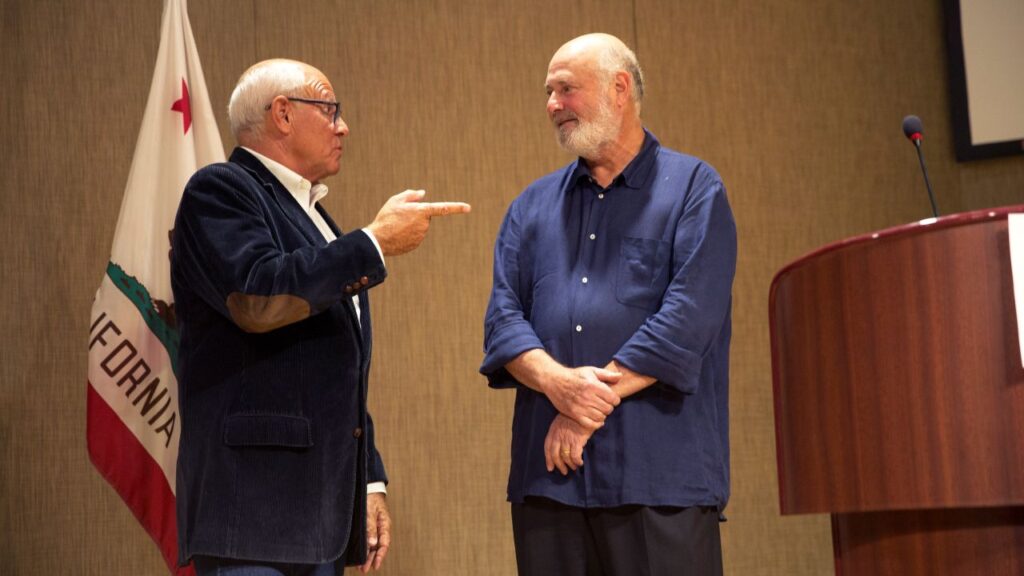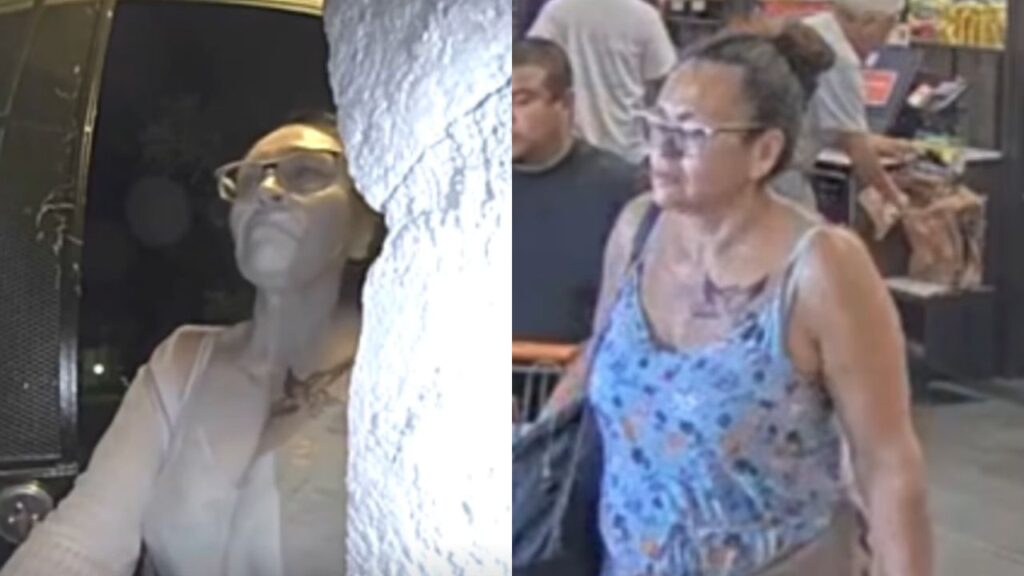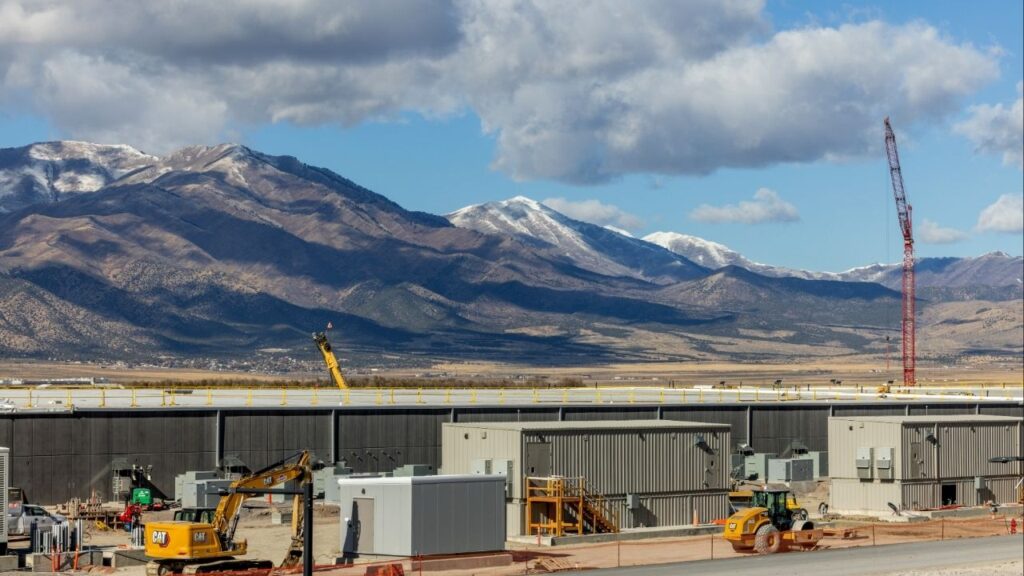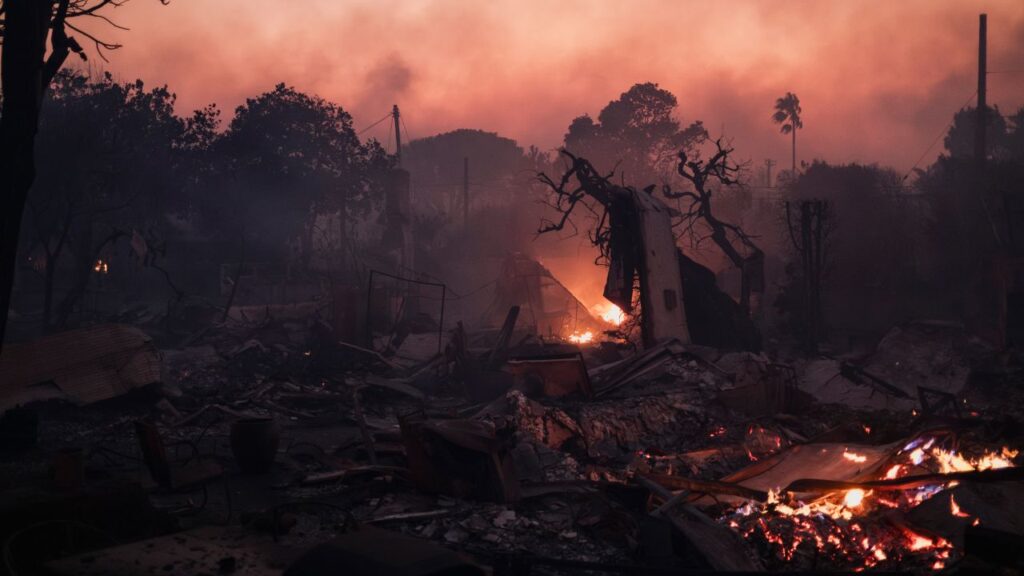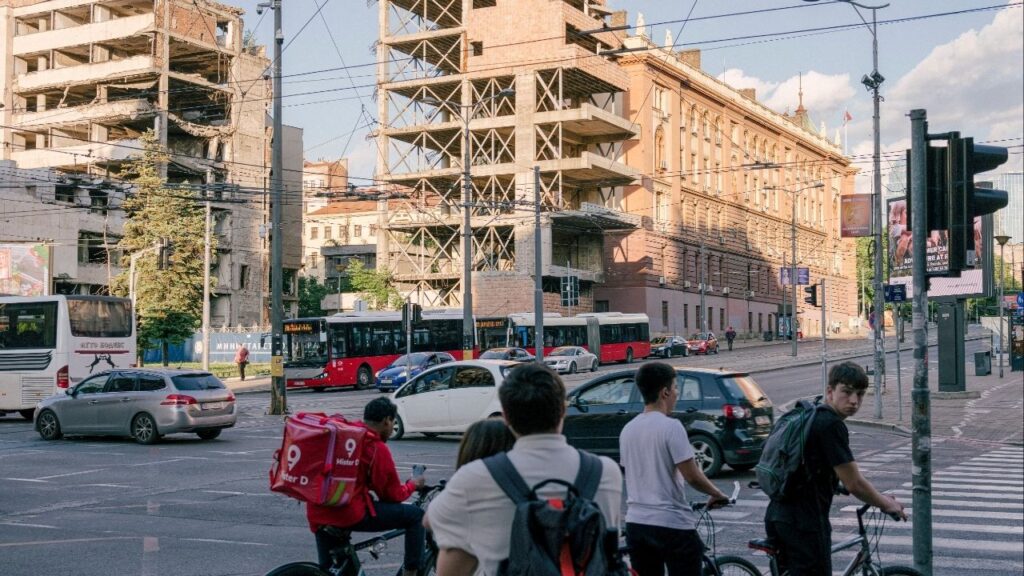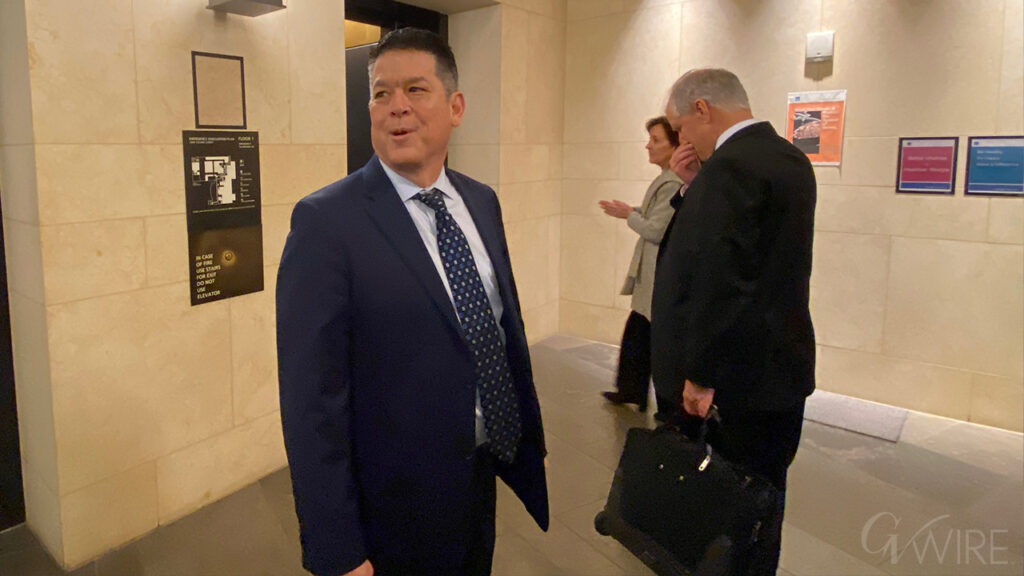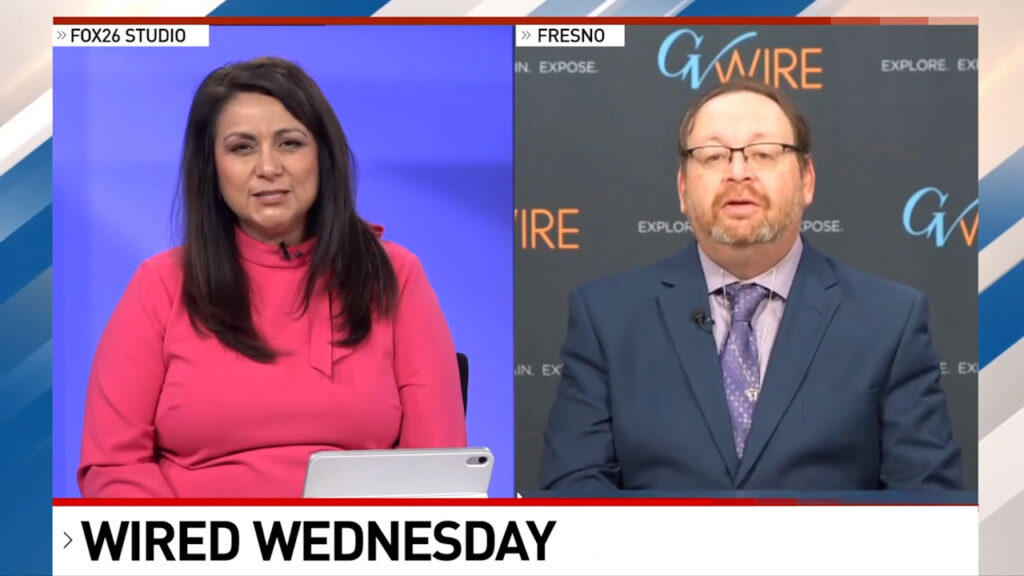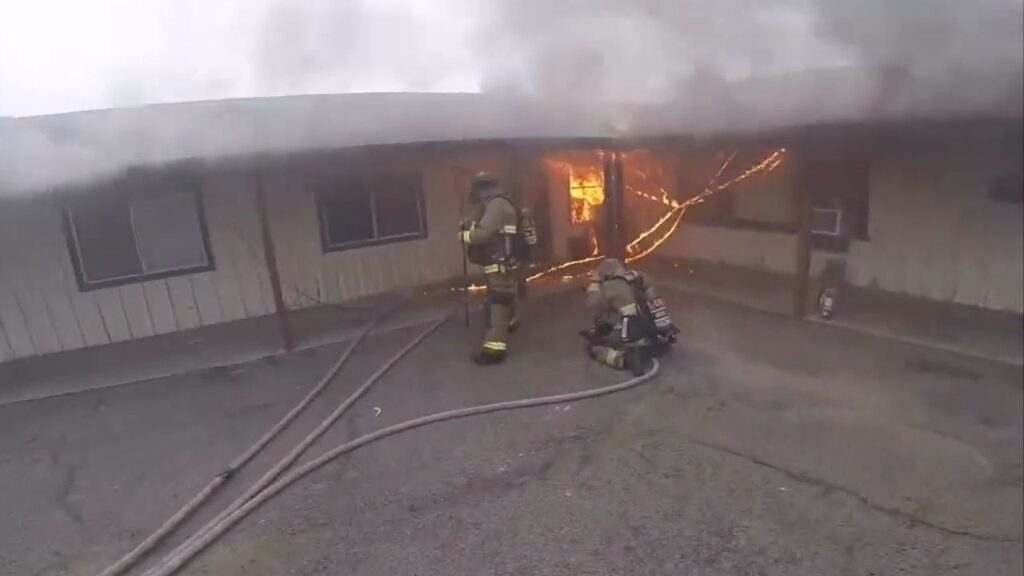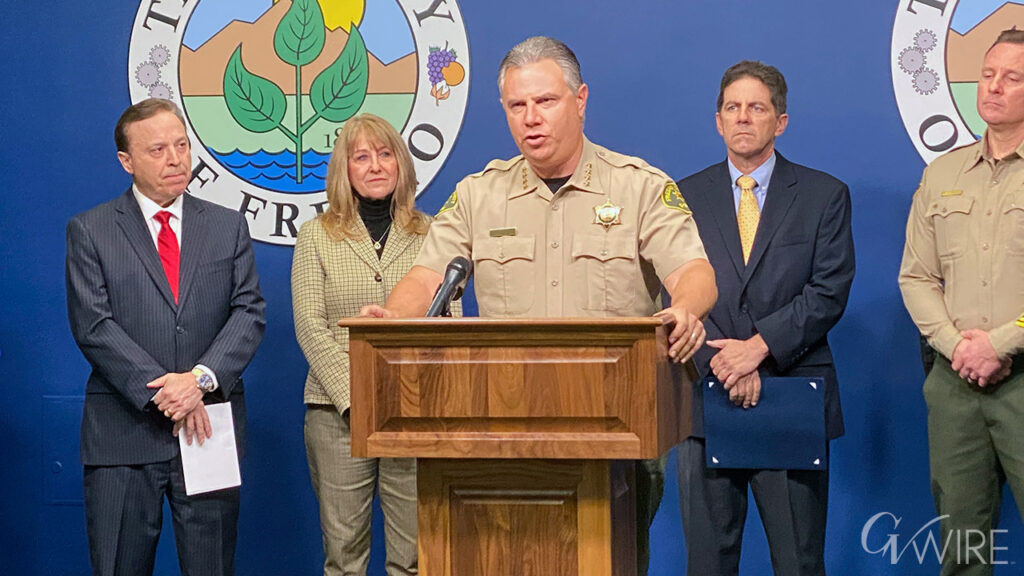Share
Inside California’s prisons, coronavirus cases have exploded, reaching 3,861 active cases last week — the highest so far. Yet the state has slowed its early releases of inmates, raising questions about overcrowding as the infections spread through the prisons.

By Rhonda Lyons
CalMatters
Over the summer, jails and prisons released thousands of inmates through early release programs. The state’s prison population dropped by nearly 20 percent, reaching its lowest in three decades.
But early releases have now slowed to a trickle. Between July 10 and August 9, more than 4,000 prison inmates were released, according to court documents. About three months later, it was fewer than 450.
As result, California’s prison populations are remaining constant at the same time that the virus is surging. Systemwide, the prisons remain overcrowded. Nine prisons that have been hit the hardest by COVID-19 are at least 120% over capacity.
“What should happen is populations in the jails should be reduced, and populations in the prisons should be reduced,” said Aaron Littman, deputy director of COVID-19 Behind Bars Data Project at UCLA School of Law.
In the meantime, county jails are facing their own problem: About 7,000 prison inmates are sitting in county jails awaiting transfers to state prisons. For months, state corrections officials halted the transfers, creating the backlog.
Recently about 3,000 inmates were transferred out of jails to prisons, but then, on Thursday, the California Department of Corrections and Rehabilitation again suspended transfers after coronavirus cases rose.
“It’s kind of a pressure release valve,” said Lieutenant John Bednar, a spokesman for the Mendocino County Sheriff’s Department. “We had a constant build-up.”
Struggling With the Backlog at County Jails
It was 3 a.m. when inmates climbed into vans and made the hours-long trip from Mendocino County jail in Ukiah to North Kern County Prison’s inmate reception center.
What was once a frequent, shorter trip to San Quentin was different now. After a coronavirus outbreak over the summer infected thousands of inmates and led to several deaths, San Quentin is no longer an intake center. The pandemic changed things: There were more inmates, more guards, COVID-19 tests and a multi-day trip with the overtime pay and per diem to match.
“We had a very small window,” said Bednar of the county’s sheriff’s department. Before moving, inmates had to be tested for COVID-19 within seven days making the trip. “We actually drove (the tests) down to a lab in San Francisco, so that we could get them back in time.”
Since August, the state has accepted 3,000 transfers at their three reception centers: North Kern State Prison, Wasco State Prison and Central California Women’s Facility.
Pre-COVID-19, the transfer machine cycled about 2,500 inmates from jail into prisons each month. But the pandemic quickly ground things to a halt, and then a slow, unsteady churn. The state picked up the tab, paying counties $93.54 per day for each inmate.
“We continue to work closely with our local law enforcement partners on all intake timing and procedures in a way that protects public health and public safety,” a spokesperson for the corrections department said in a statement. “While we recognize the suspension of intake has been challenging for county jails, it has been a necessary step.”
County jail populations in California declined in April, around the time $0 bail for misdemeanors and certain low-level felonies went into place. But by late June, the state Judicial Council reversed course, and while some counties, like Mendocino, continued zero bail, others did not.
“When they instituted zero bail, we immediately saw a big drop in numbers,” said Bednar. “But as time progressed, even with the zero bail instituted, our numbers just kept increasing.”
Inyo County did not keep $0 bail. Since rescinding it, the county’s jail population has nearly doubled. It’s larger than it was before the pandemic started.
Inyo County’s jail is struggling with a backlog as the state holds up transfers. Its jail often serves as a pit stop for inmates who are headed to state prison because they violated rules at the region’s inmate fire camp. Every now and again, the jail would hold a person or two, and the state would pick them up within weeks. But this year was different. There weren’t one or two “courtesy holds,” as Lieutenant Jared Sparks calls them. There were five.
“It’s a huge problem for us,” Sparks said. “We’re a small facility. We only have so many beds. We do not generally place state prison inmates in a two-man cell. They’re not in the general population.”
Inyo County can house 96 inmates, according to pre-pandemic population estimates. Right now, it holds 50. But Sparks said the estimated capacity numbers are unreliable during the pandemic, and having the state prisoners is making things more crowded.
“We do a pretty substantial testing and quarantine process here at the jail,” Sparks said. “So much so that we’re almost full all the time. Basically, to have these state prisoners in here, it’s taking out a substantial amount of my housing options because of their security levels.”
And it’s not just small counties that are struggling.
Monterey County can manage about 850 to 900 inmates in its jail. More than that, and “it just gets harder,” said Jim Bass, the county’s chief deputy of corrections. “There’s less space to social distance. That’s when tempers tend to flare — just things that sometimes happen when people are around each other 24/7.”
By early November, the jail was full, and about 160 inmates were waiting to be transferred to state prison. The state then transferred 89 of them.
“There had been no transfers in roughly seven months,” Bass said.
The number of inmates awaiting transfer is a concern because nearly 30 percent of Monterey County jail inmates tested positive for COVD-19 in July. It’s unclear if any of the infected inmates were state prisoners.
San Joaquin County has a similar problem.
On Oct. 31, the county jail reported a little over 1,500 inmates, its highest inmate population since before the pandemic; 325 of them were state prisoners awaiting transfers.
“CDCR’s policy since March, 2020 of not accepting any transfers from county jails has had a negative impact on our overall census at the San Joaquin County jail,” said Jennifer Kline, spokesperson for the jail.
Last week, San Joaquin County was transferring inmates to prisons with hopes of moving more this week. But on Thanksgiving Day, CDCR stopped transfers.
Costs are also an issue.
“Hell, we had one guy who was costing us, between his treatments for dialysis, costing us ten times what they were paying us a week,” said Mendocino County Sheriff Matthew Kendall. “That’s where the shortfall is coming in.”
‘They Need to Release More People’
Advocates say there is a solution for counties with overcrowded jails: release more inmates.
“Sheriffs have many options at their disposal,” said Lizzie Buchen, director of the ACLU of California’s Criminal Justice Program. “There are ways they can create space in their jails, and they should all be doing that in a much more significant way than they have been. Every sheriff in California can create a safe facility. They just need to release more people.”
While counties could release more inmates, they have no authority over state prisoners. That’s the state’s job.
Between July 1 and Nov. 11, 6,598 state prisoners were released from prisons and camps, according to court documents from the state. Since then, CDCR has mostly released people with 180 days or less on their sentence, suspending its one-year release program. The state also hasn’t awarded credits towards early release — which over the summer led to about 2,100 people released early, according to CDCR’s estimates.
When questioned about why early releases aren’t happening as much as they did over the summer, CDCR attorneys argued that the “discretionary early-release program was implemented as an added safety measure at a time when more comprehensive COVID-19 related policies were still being developed.”
And since then, they’ve “adopted additional significant safety measures to reduce the spread of COVID-19.”
Advocates say prison inmates at high risk from COVID-19, especially the elderly or those with health problems, should be priorities for early release.
“We think, essentially, the medically vulnerable should be the ones who could be released from prison to the community safely,” said Donald Specter, attorney for the Prison Law Center, which is trying to get CDCR to release more inmates. “And that should be done on a much larger scale than it’s being done now.”
Los Angeles County has done just that.
Since early April, Los Angeles County jails have released nearly 13,000 people, significantly lowering their jail population. A Los Angeles Sheriff’s spokesperson said “we can hold an inmate as long as necessary.”
And that may take awhile.
On Thanksgiving eve, 2,947 inmates were in Los Angeles County jails awaiting transfers. On Thanksgiving day, the state stopped all prison transfers — again.





